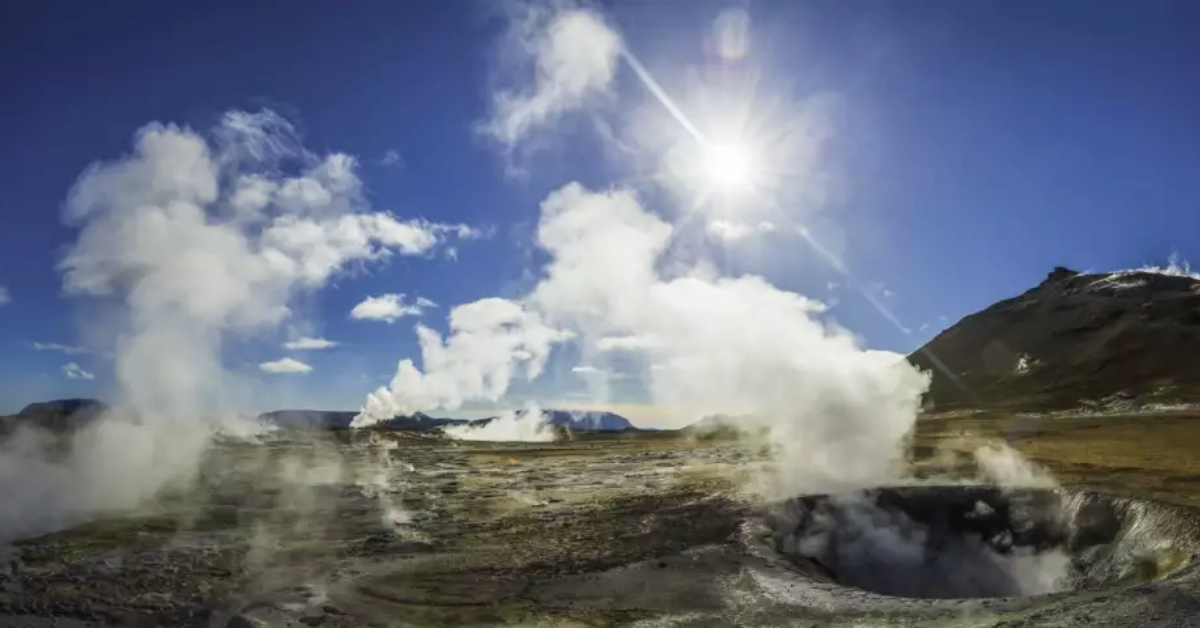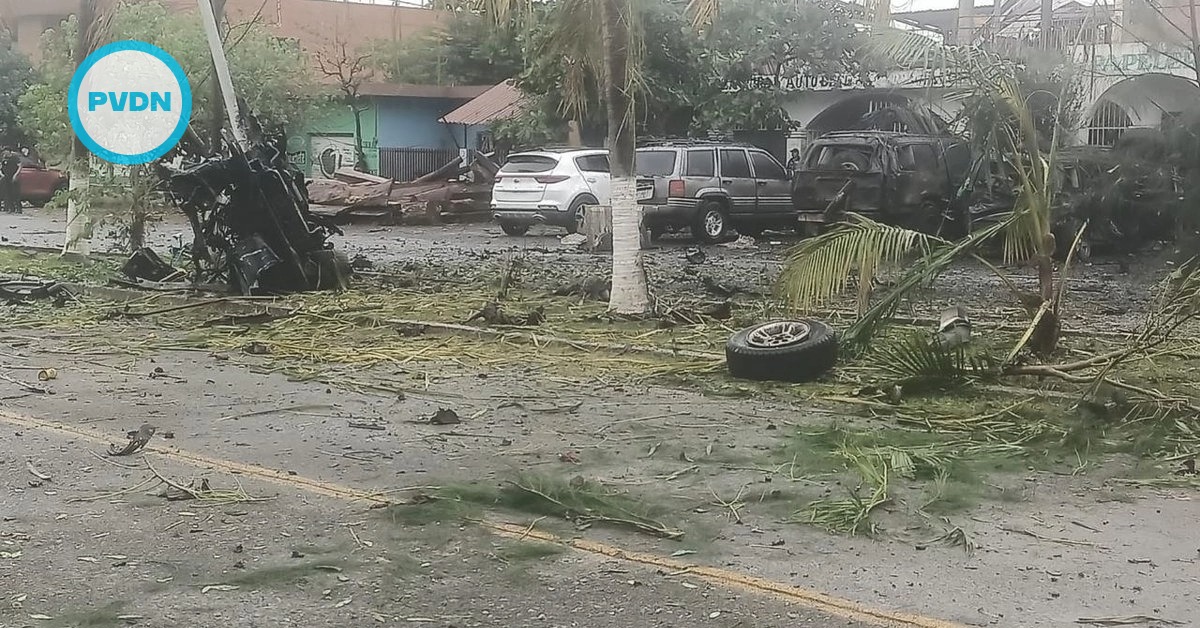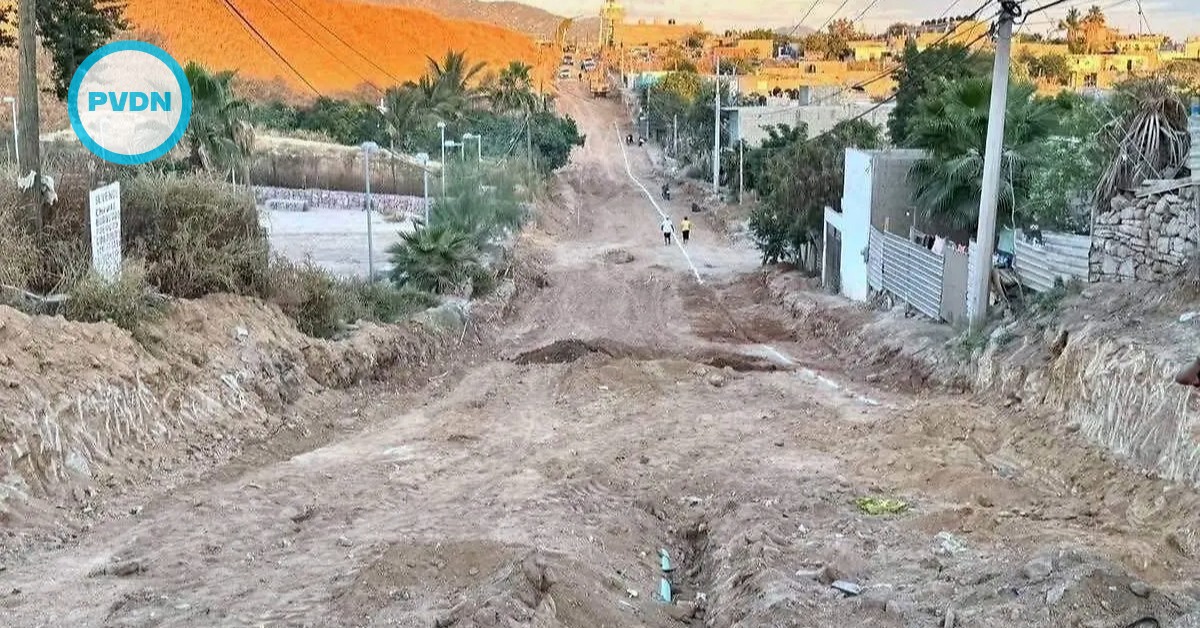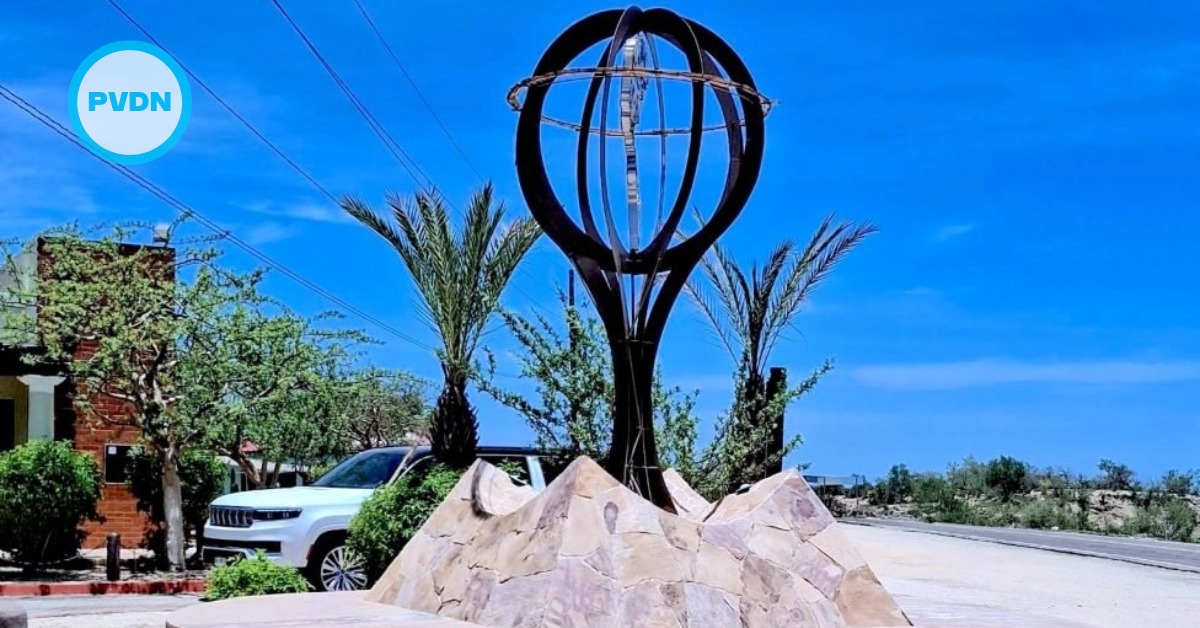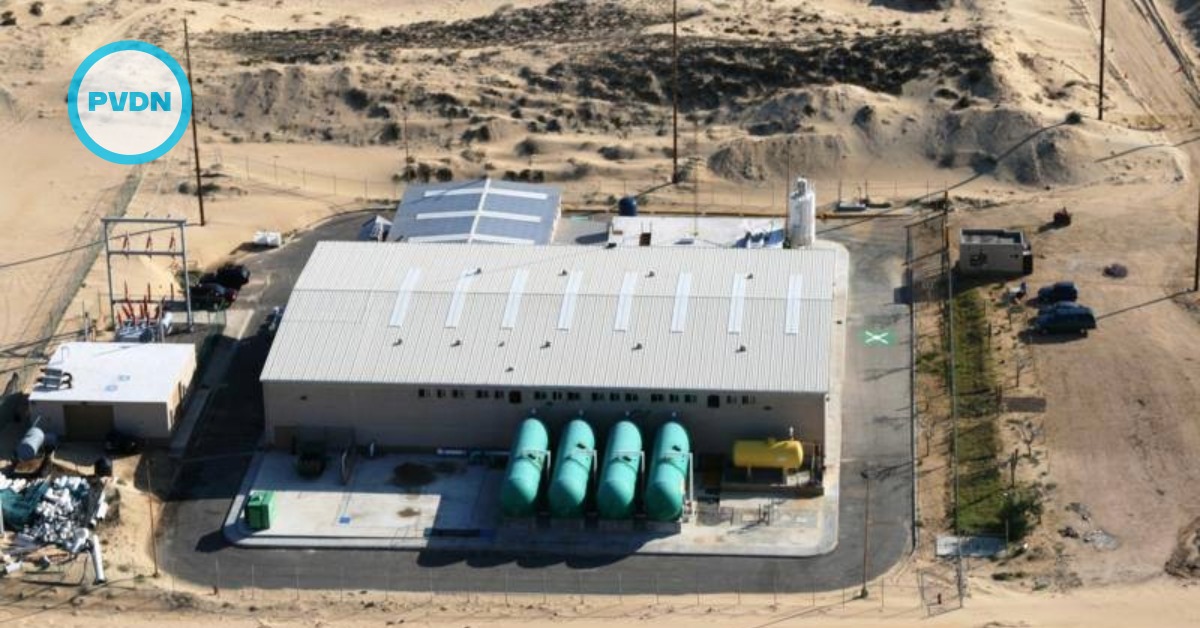Mexico’s Ministry of Energy awards GSM Bronco contract to drill four geothermal wells in Baja California and Baja California Sur under a $51.5 million federal investment, aiming to revive Cerro Prieto and expand clean power.
Mexico’s Ministry of Energy (Sener) has awarded GSM Bronco the contract to drill four new geothermal wells in Baja California and Baja California Sur, aiming to revive one of the world’s oldest geothermal fields and bolster the country’s clean-energy capacity.
The public tender, launched in 2024, called for three wells . . .


